Questionhi, i have two german shepards one is a female and one is a male the female is a year and a half and the male is almost 5 months the beggining of june. A couple days ago a bag of charcoal they ripped open than they got into some more of it outside that my fiancee left out. My kunch was on the table this morning in a bag so i would have it ready to go when i left to work, i get out of the shower and see the both of them eating my peanut butter and honey sandwhich that they had grabbed off the table. Every day my female will play fight with my male and i tell her no but alot of the times she wont listen and keep on doing it. They will run all over the house knocking things down. My male is pretty good about listening to me but its her that really doesnt. She will listen to my fiancee more than me but i am with the dogs more. so i dont know if its a jeolous problem she has with the male? also she will not listen when i take her on walks she always will pull hard and the other day she wiggled out of her collar and went chasing up to a few dogs at the park and i kept on calling her trying to get her and she would not come to me. She knows what it means she just isnt listening. My male is for the most part listens better than her and he is still a puppy... I dont know what has gotten into her and/or him example: chewing,getting food off the table, her not listening!!!
AnswerSpay/neutering them will help if not already. They need better leadership. The key to most behavior problems is approaching things using the dog's natural instincts. Dogs see all the people and dogs in the household as a pack with each having their own rank in the pack and a top dog. Life is much easier if the 2 legged pack members outrank the 4 legged ones. You can learn to play the role of top dog by reading some books or going to a good obedience class. A good obedience class or book is about you being top dog, not about rewarding standard commands with a treat. Start at http://www.dogsbestfriend.com/ For more on being top dog, see http://www.dogbreedinfo.com./topdogrules.htm
For the play fighting, the best thing is to let them go at it where there is room. We often have several young dogs playing in the house, ones making up for a regular chance to do so.
A mousetrap is very effective in making a dog leave something alone. Most dogs will stay away from anywhere they were surprised by a snap. The best part is that it is not you that is correcting the dog. It works whether you are around or not. The mousetrap is very patient and is always on task as long as you reset it.
Better than mousetraps when you aren't around is the crate. Other dogs may not be as bad as the young Labs I am plagued with. Still your house and dog will be much safer with the dog in a crate when you are away. The dog may be happier in its den than loose in the house. It relaxes, it feels safe in its den. It rests, the body slows down reducing the need for water and relieving its self. Dogs that have been crated all along do very well. Many of them will rest in their crates even when the door is open. I think the plastic ones give the dog more of a safe, enclosed den feeling. They are harder for dogs to open too. Metal ones can be put in a corner or covered with something the dog can't pull in and chew. Select a crate just big enough for the full grown dog to stretch out in.
Leave it some toys. Perhaps a Kong filled with peanut butter. Don't leave anything in the crate the dog might chew up. It will do fine without even any bedding. You will come home to a safe dog and a house you can enjoy.
A dog that has not been crated since it was little, make take some work. Start out just putting its toys and treats in the crate. Praise it for going in. If you have been able to trust it with any bedding, put that in the crate. Feed it in the crate. This is also an easy way to maintain order at feeding time for more than one dog.
Easier dogs will give up their pulling with a few good snaps of the leash combined with a stern "Bad dog!". You can work up to forceful corrections with the leash doubled up in both hands and your whole body behind it. But you don't want to use any more force than you need. One gentle technique I like is to just stop when he pulls. He wants to go. If you move forward when the leash is slack, and stop when he pulls, he should quickly figure out the only way to get to go, is not to pull. This is about teaching him not to pull, not getting somewhere. The man that taught it to me said "If in a half hour you haven't made it out to the front walk, fine, you have taught him a lesson. Pulling the dog backwards is a good technique too.
Still, you may want to switch to a head collar. The leading brands are Promise, Haltie, and Gentle Leader. They have a strap going around the dogs nose looking something like a muzzle. They work by pulling the dogs head around. No other way gives you such great control with so little force. The prong collar is now a dangerous relic of value only for its macho looks. Do not consider using one without hands on instruction from somebody with plenty of experience with them.

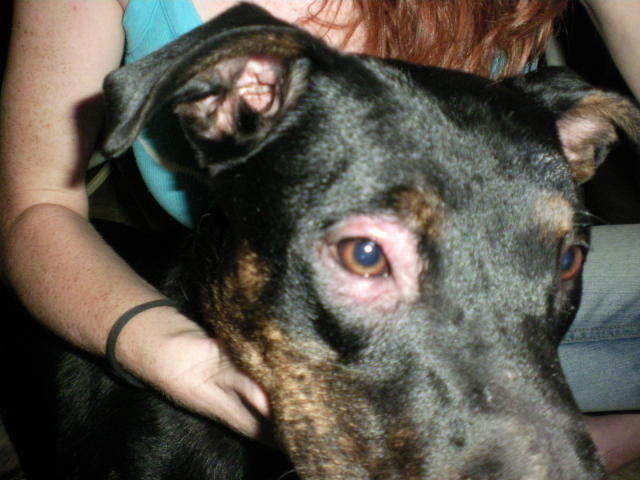 7 month old blue healer mix (Cloe)
Question
cloes right eye
Cloe was having really bad eye
7 month old blue healer mix (Cloe)
Question
cloes right eye
Cloe was having really bad eye
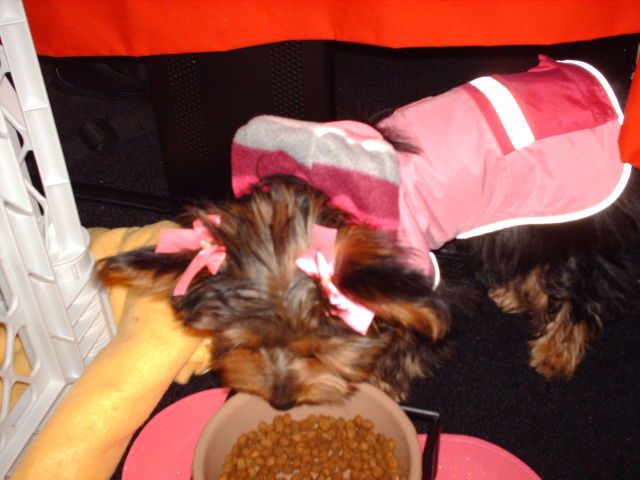 about babygirl my 14 week yorkie
Question
babygirl brooklyn
i do no whats going on with
about babygirl my 14 week yorkie
Question
babygirl brooklyn
i do no whats going on with
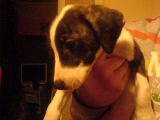 7 week old lurcher pup
Question
this is Lady
hi there me and my partner purch
7 week old lurcher pup
Question
this is Lady
hi there me and my partner purch
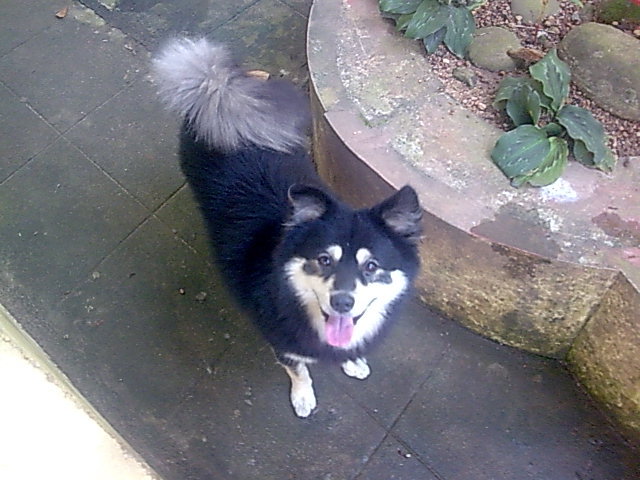 pooping and peeing
Question
snoopy
hi, my name is praveen n i have a dog t
pooping and peeing
Question
snoopy
hi, my name is praveen n i have a dog t
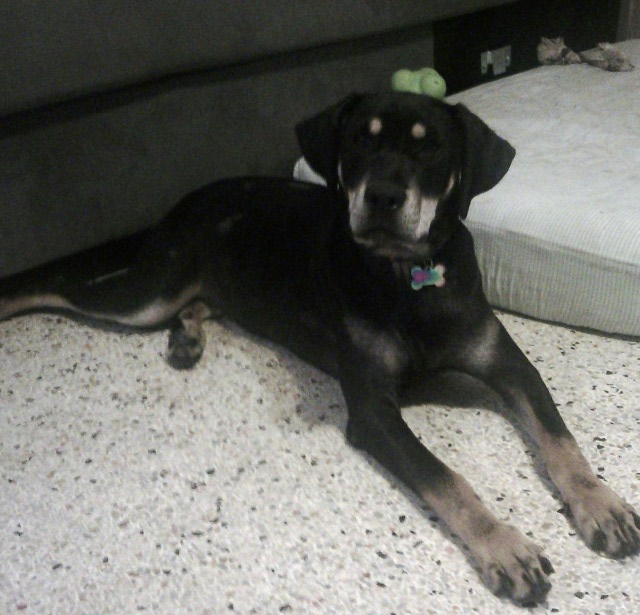 weird hair loss on my curr mix
Question
cuddles
ive seen other questions about
weird hair loss on my curr mix
Question
cuddles
ive seen other questions about